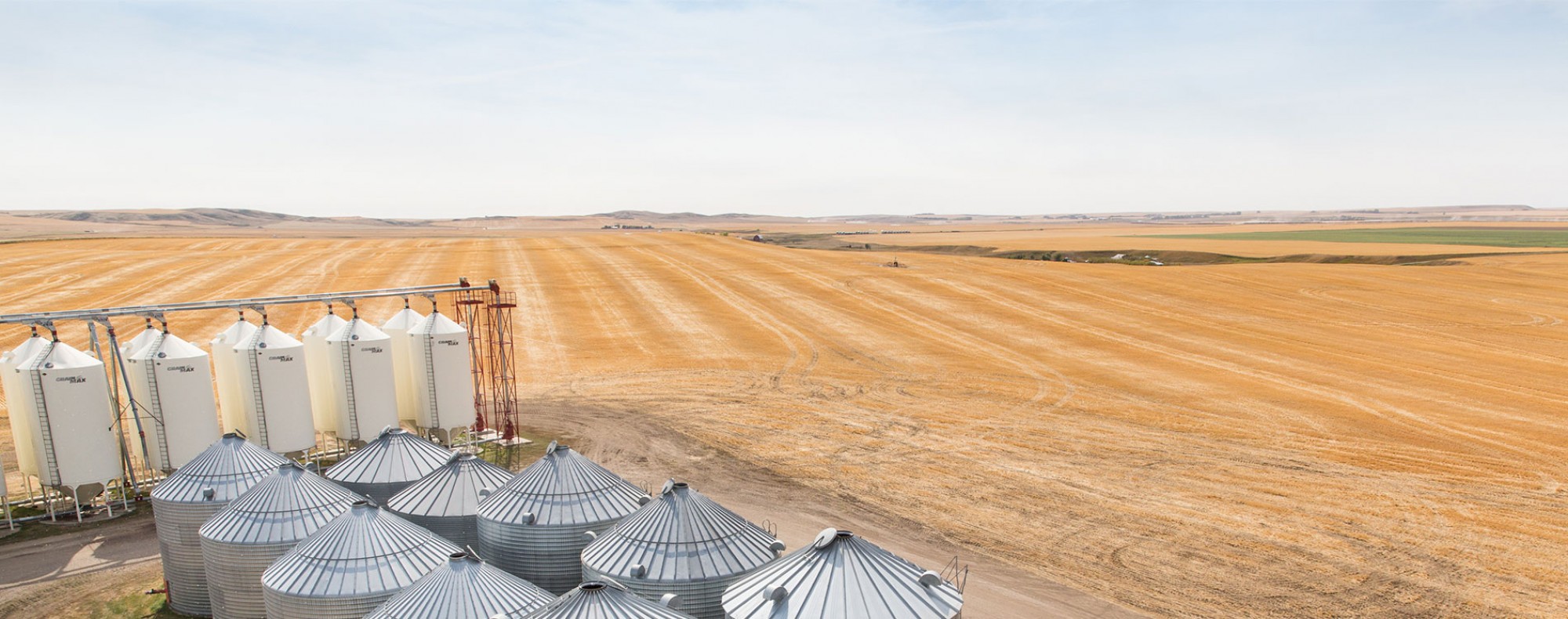Manipulating weed seed production through phenology-based weed control
AWC contribution: $29,000
Start Date: April 1, 2021
End Date: March 31, 2024
Dr. Charles Geddes, AAFC Lethbridge
Summary:
Increased abundance of herbicide-resistant weeds has resulted in a new philosophy in weed control where, in addition to reducing yield losses, another main objective is to mitigate weed seed returned to the soil seed bank. This stems from heavy reliance on herbicides for weed management, which increases the likelihood that uncontrolled weeds setting seed in a field are doing so because of an acquired herbicide resistance trait. The objective of implementing a threshold for weed seed production is to reduce the spread of herbicide-resistant weed biotypes. Understanding the timing of weed life cycle events (phenology) can improve the efficiency of weed control passes by informing growers of the optimal timing for weed control efforts. This research project aims to improve our understanding of weed phenology in western Canada, and the phenology of weed seed production; an area of research that has been largely ignored. In addition, this project aims to exploit "weak links" in the biology of problematic weed species to help mitigate weed seed production.
The proposed field studies will take place in Lethbridge, AB, Lacombe, AB, Saskatoon, SK, Indian Head, SK, and Carman, MB over two years. This research project aims to answer two fundamental questions: (1) when during the growing season do common weed species start to produce viable seed in western Canada, and (2) how late can each weed species emerge and produce viable seed before the end of the growing season?
